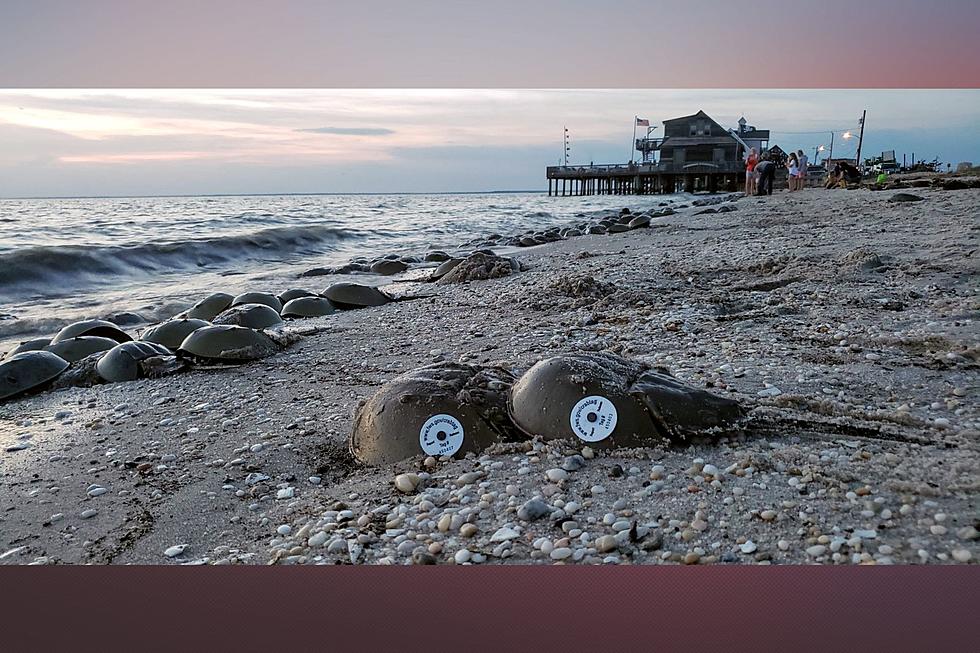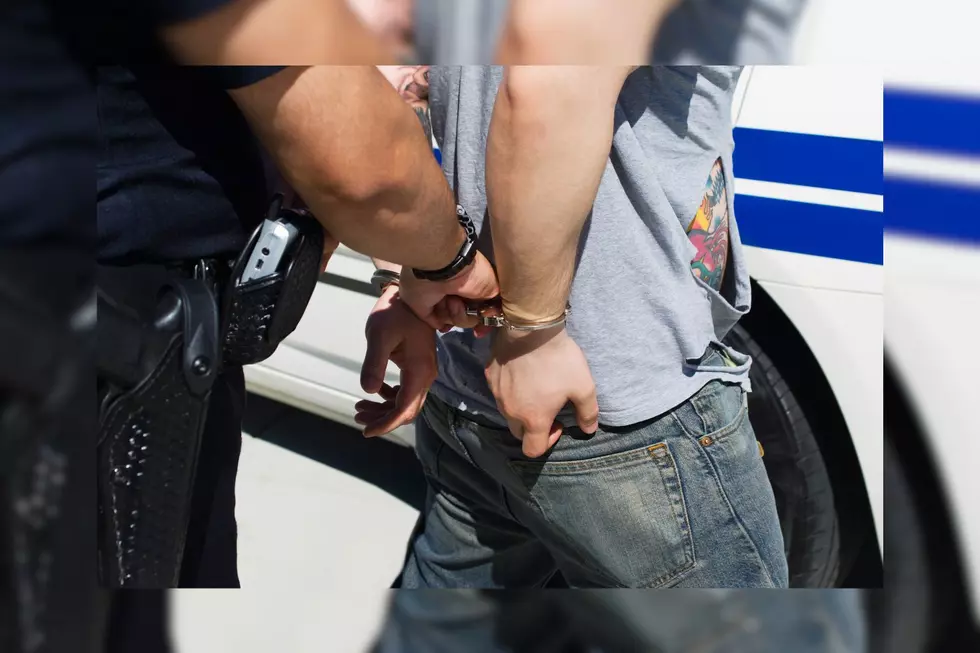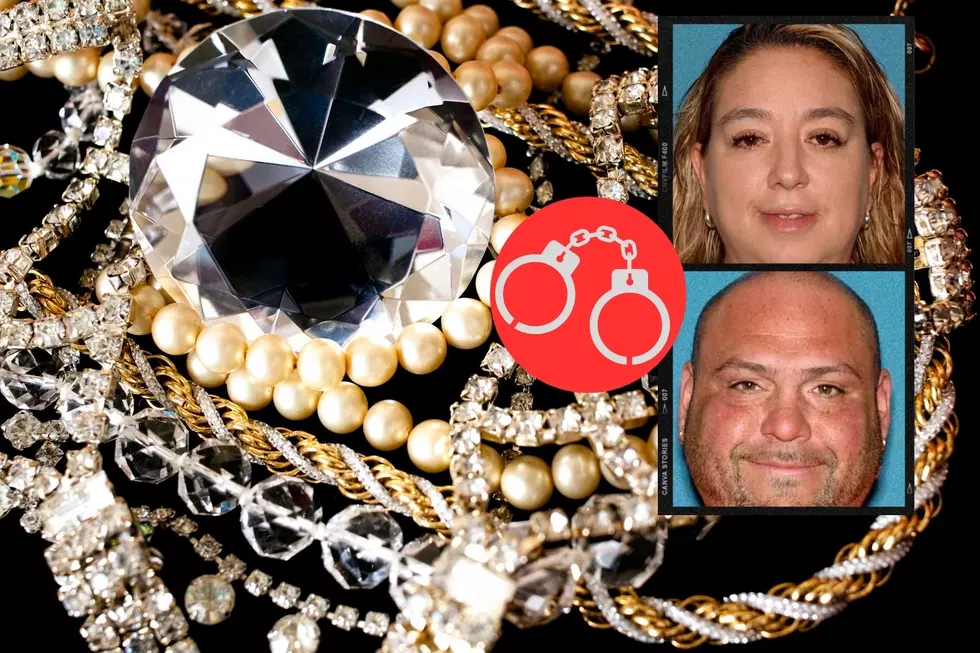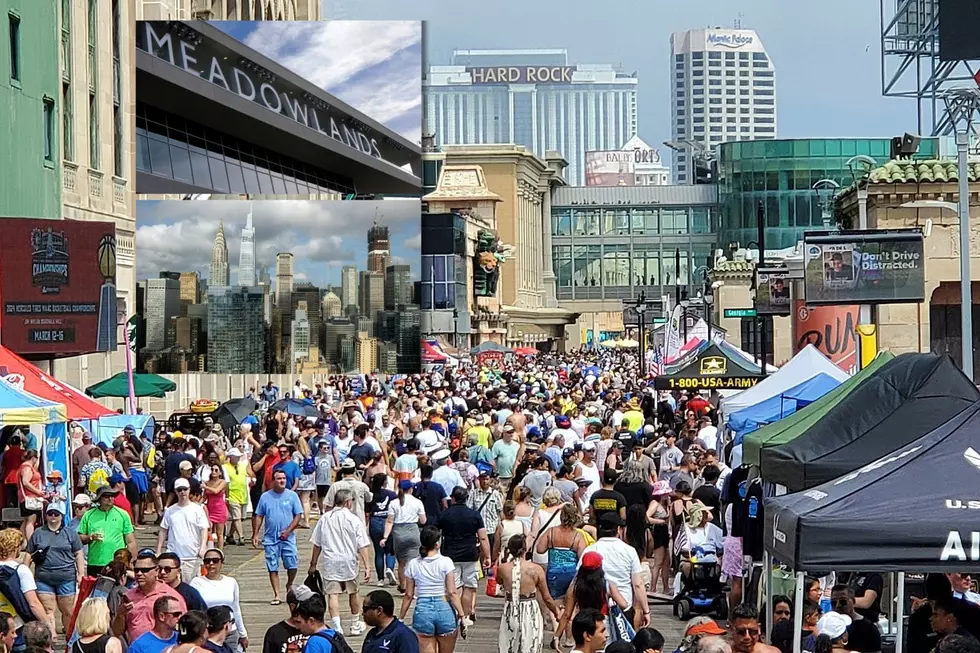
Volunteers are needed to help tag horseshoe crabs in NJ
It’s that time of year when The American Littoral Society, which promotes the study and conservation of marine life and habitat, will resume one of its most popular volunteer activities: horseshoe crab tagging.
The staff and volunteers will be tagging crabs throughout May and June on restored beaches in Cumberland and Cape May counties along the Delaware Bay, and also along the Shark River in Monmouth County.
Why is horseshoe crab tagging important?
The American Littoral Society has been restoring beaches for horseshoe crab habitat on the New Jersey side of the Delaware Bay since Superstorm Sandy in 2012, said the society’s habitat restoration coordinator, Quinn Whitesall McHerron.
These beaches are vital to successful horseshoe crab spawning. So, to gauge the success of this, the American Littoral Society began tagging these crabs on those beaches in 2014, she added.
“This helps us to gain a better understanding of how horseshoe crabs not only move throughout the season but also year after year between seasons,” Whitesall McHerron said.
The horseshoe crab tagging is also part of the U.S. Fish and Wildlife Service Cooperative Tagging Program which provides data on the distribution, movement, and longevity of horseshoe crabs. That data is then used to inform management decisions about horseshoe crab harvest rates, she added.
How does the tagging process work?
Each crab has its own unique number that is printed on a round disc tag. “Then we’ll cut a small hole on the back left part of the horseshoe crab’s shell with a pin vice hand drill and we pop the backing of the tag into the hole,” Whitesall McHerron explained.
Once the crab is tagged, the society staff then records information about the crab including its sex, if there are any injuries to the crab, what beach they’re on, and the date. All that information is then sent to the U.S. Fish and Wildlife Services Cooperative Tagging Program database.
Whitesall McHerron said about 4,000 horseshoe crabs are tagged per season in New Jersey, which brings the total to over 30,000 tagged crabs since the program began in 2014.
Where can horseshoe crabs be found in New Jersey?
The best places to find horseshoe crabs in the Garden State is in the bay areas, like the Delaware and Barnegat Bays, and also along the Shar River in Monmouth County where the American Littoral Society conducts another tagging program.
Horseshoe crabs come out during high tide during the day in May and June. However, they are more often found during the nighttime high tide, especially around the new and the full moon, Whitesall McHerron said.
Why is the horseshoe crab so important to our ecosystem?
Horseshoe crabs play a vital role in our local ecosystem, Whitesall McHerron said. However, it is impossible to talk about these creatures without talking about shorebirds.
The Delaware Bay is the largest horseshoe crab spawning location on the East Coast, she said. It is also the largest stopover along the Atlantic Flyway for many migratory shorebirds. One, being the endangered red knot.
Whitesall McHerron explained that the red knot makes this incredible journey from South America to Delaware Bay. They are only here for a few weeks and need to gain a lot of energy to continue their migration north.
“So, the birds will spend a few weeks eating as many horseshoe crab eggs as possible and the super fatty eggs will give the birds enough energy to complete their migration to the Canadian Arctic where they will breed,” she said.
Can the public help tag horseshoe crabs?
Yes. The American Littoral Society runs a community science tagging program where they engage with volunteers. They are taught about the significance of horseshoe crabs, how to tag them, and how to report a tagged crab.
Tagging usually starts the first week of May and Whitesall McHerron said to expect them to be out tagging almost every night in May and June.
Information on how to become involved can be found on the society’s website.
Jen Ursillo is a reporter and anchor for New Jersey 101.5. You can reach her at jennifer.ursillo@townsquaremedia.com
Click here to contact an editor about feedback or a correction for this story.
Even more cutest pets in New Jersey — 2023
More From WPG Talk Radio 95.5 FM










